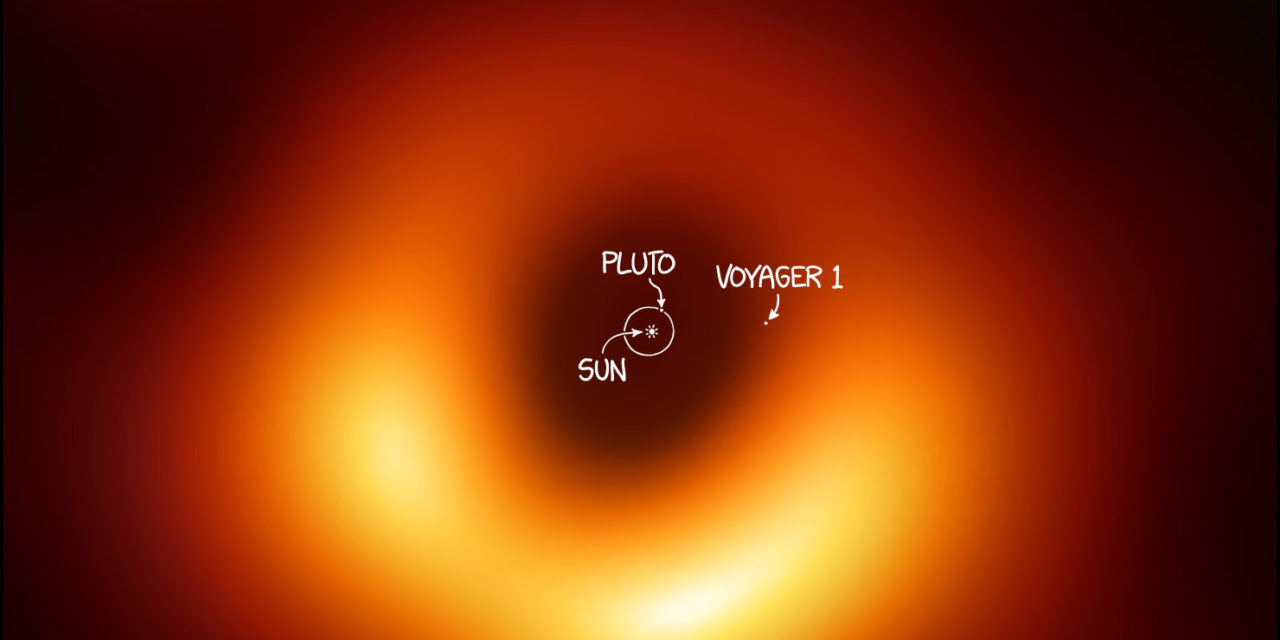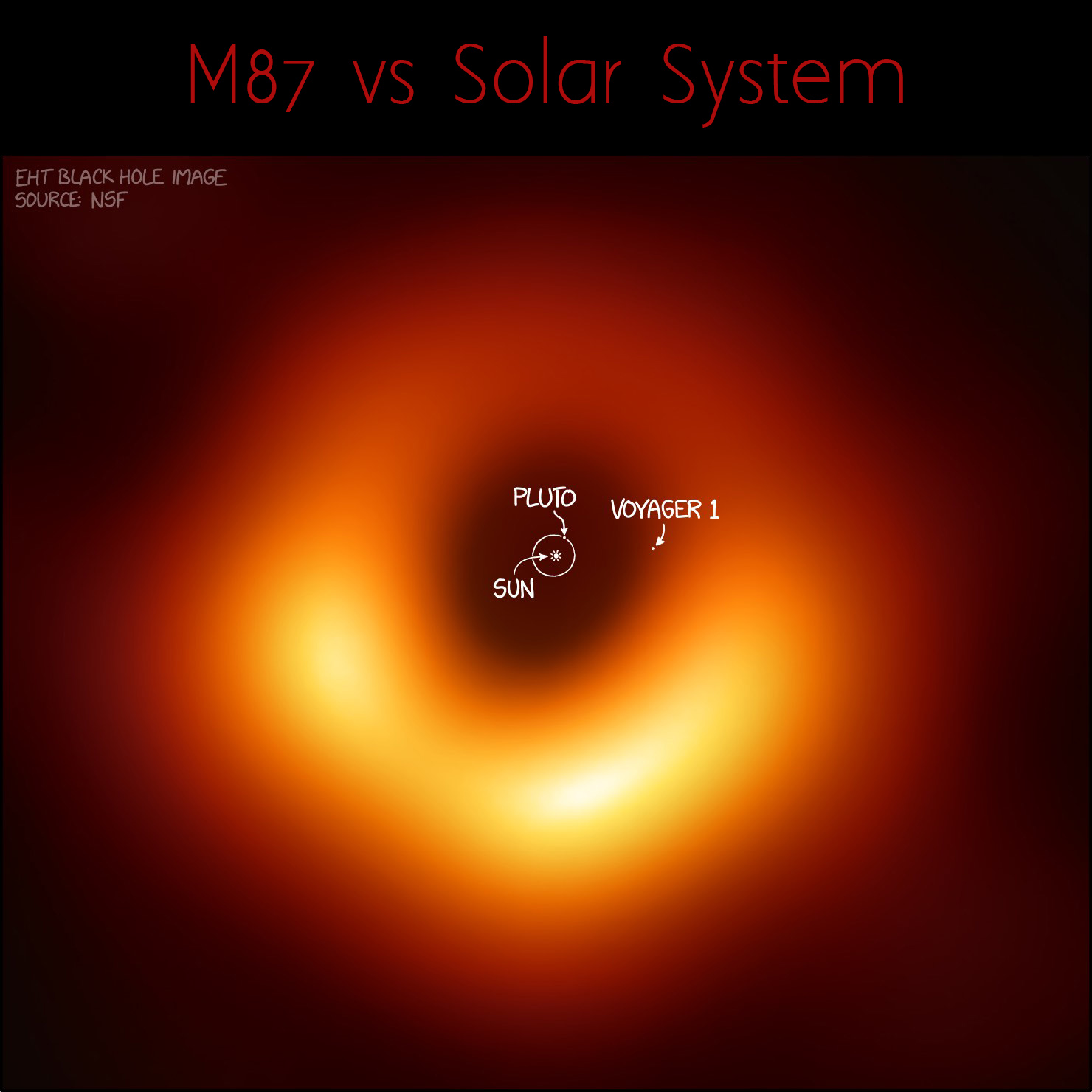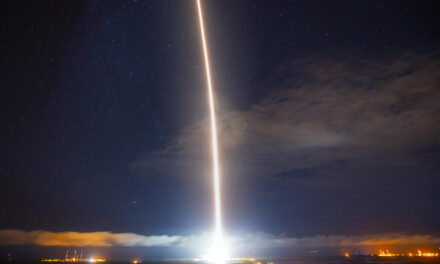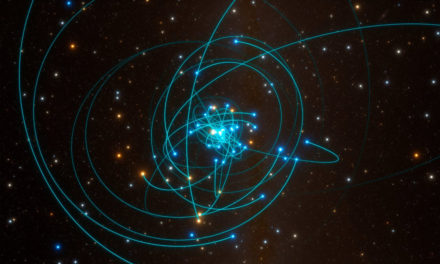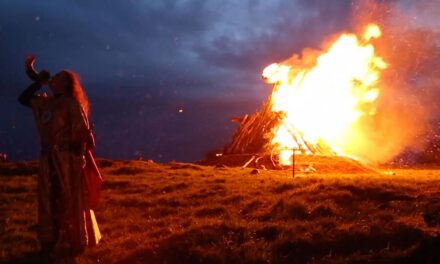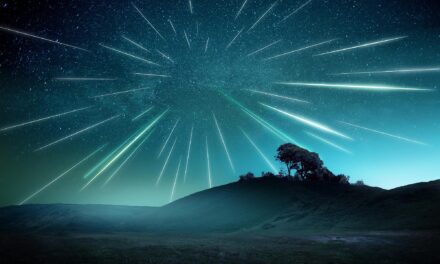Uno scienziato italiano, Antonino Zichichi, ha commentato la “foto” del buco nero salita agli onori delle cronache di recente. Vediamo perché di questo parere si poteva benissimo fare a meno. (video: ©ESO, EHT)
“Il progresso nasce dagli esperimenti che possiamo fare nei nostri laboratori. Dei buchi neri non sappiamo cosa farcene. Perché è ovvio che doveva esser così, non è affatto una scoperta. È la foto di una cosa che doveva esistere”.
Come al solito, Zichichi non perde occasione per stare zitto. Ogni volta che qualcosa va oltre il suo (ristretto) modo di vedere, se ne esce con pensieri quantomeno inesatti, per usare un eufemismo. “Il progresso nasce dagli esperimenti che possiamo fare nei nostri laboratori”. NO, perché se così fosse il metodo galileiano potrebbe andare a farsi benedire. Ciò che viene teorizzato deve poter essere dimostrato o con osservazioni sul campo o rendendo ripetibili gli esperimenti, e siccome non si può certo produrre un buco nero in laboratorio, ecco la verifica sul campo.
An Italian scientist, Antonino Zichichi, commented on the “photo” of the black hole that had recently reached the headlines. Let’s see why we could do without this opinion.
(video: ©ESO, EHT)
“Progress comes from the experiments we can do in our laboratories. We don’t know what to do with black holes. Because it is obvious that it had to be this way, it is not a discovery at all. It is a picture of something that had to exist.”
As usual, Zichichi never misses a chance to shut up. Whenever something goes beyond his (narrow) way of seeing, he comes up with something at least inaccurate, to put it mildly.
“Progress comes from the experiments we can do in our laboratories”. NO, because if this were the case the Galilean method could go to hell.
What is theorized must be able to be demonstrated either by observations in the field or by making the experiments repeatable, and since it certainly cannot produce a black hole in the laboratory, here is the verification in the field.
“Dei buchi neri non sappiamo cosa farcene. Perché è ovvio che doveva esser così, non è affatto una scoperta”. NO, perché questa è fede, e la scienza non sa cosa farsene della fede, un equivoco sul quale il nostro Zichichi inciampa troppo spesso. Nessuno ha mai visto un buco nero, tutta questa ovvietà non si sa da dove derivi. Si è visto chiaramente e per la prima volta in assoluto l’orizzonte degli eventi di un oggetto esotico, il che significa, ritornando alla definizione di metodo galileiano, che è stata verificata direttamente la teoria, e non indirettamente come fatto fino ad ora (ad esempio misurando gli effetti gravitazionali sulla materia circostante).
“È la foto di una cosa che doveva esistere”. Ci risiamo, NO. Si immaginava che fosse così, si aveva un gran numero di elementi indiziari, ma quello che è stato visto lo è stato per la prima volta! Lo stesso ribadire, come si è fatto giustamente, che Einstein aveva ragione, non era scontato, “poteva”, non “doveva” essere. La prova che la Relatività funzioni in ambienti così estremi dal punto di vista della fisica, lì dove lo spazio-tempo è stressato da condizioni così straordinarie – ricordiamo che la massa stimata del buco nero di M87 è 6,5 miliardi di masse solari – è quindi a suo modo una scoperta.
Per parafrasare Odifreddi, ecco un’altra Zichicca di cui si poteva benissimo fare a meno…
“We don’t know what to do with black holes.” Because it is obvious that it had to be this way, it is not a discovery at all ”. NO, because this is faith, and science does not know what to do with faith, a misunderstanding on which our Zichichi stumbles too often. No one has ever seen a black hole, all this obviousness no one knows where it comes from. We have seen clearly and for the first time ever the event horizon of an exotic object, which means, returning to the definition of the Galilean method, that the theory has been directly verified, and not indirectly as done up to now (ad example by measuring the gravitational effects on the surrounding matter).
“It’s a picture of something that had to exist.” Here we go again, NO. He imagined that this was so, there were a large number of circumstantial elements, but what was seen was for the first time! The same reiterate, as has rightly been done, that Einstein was right, was not obvious, “could”, not “had to” be. The proof that Relativity works in such extreme environments from the point of view of physics, where space-time is stressed by such extraordinary conditions – we recall that the estimated mass of the M87 black hole is 6.5 billion solar masses – it is so in its way a discovery.
To paraphrase Odifreddi, here is another Zichicca that could be done whitout…

